Pentax K100D Digital SLR Review
Pentax K100D Digital SLR
Pentax updates its DSLR range and thankfully comes up with a new name in the process.
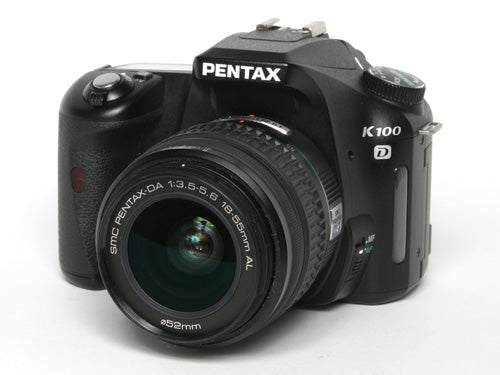
Verdict
Key Specifications
- Review Price: £399.00
Although I have a deep and abiding respect for the many marketing people without whom I could not do my job, I have to wonder at the sanity of the marketing genius that came up with the name for Pentax’s previous line of digital SLRs. The name, “*ist”, was explained to me by a marketing guy from Pentax UK, and to be fair he thought it was a bloody stupid idea too. The asterisk is a wild-card character, you see, and the –ist part is like scientist, or artist, or any other sort of –ist, so with the wild-card it means the camera can be anything you want it to be…

Yeah, right. It’s a camera, which means it takes pictures. How can you go into a shop and ask for a product if you can barely even pronounce it? “I’d like an asterisk-ist DL2 please.” Try saying that out loud; it sounds stupid, and I can’t help but wonder how much better the *ist range would have sold if it had been given a more sensible name.
Well, maybe now we can find out, because when Pentax was naming its newest range of SLRs that marketing genius must have been locked out of the meeting. Instead of wild cards it just has the letter K, which harks back to Pentax’s most famous film SLR, the classic K1000 with which we all learned photography at school. Trading on a legacy like that has got to be a better idea than some wacky marketing gimmick.
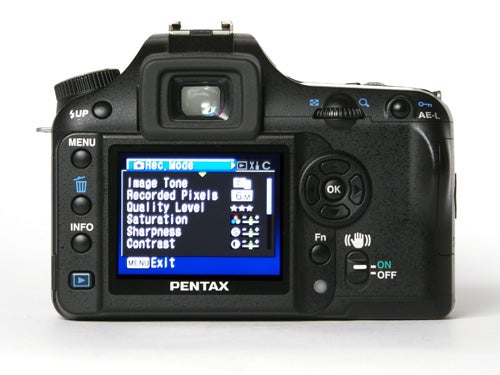
Echoing the K1000 is also appropriate to the first of the new models, the K100D and its stablemate the K110D. Launched simultaneously both are 6-megapixel entry-level cameras aimed at newcomers to digital SLR photography. The only difference between the two models is that the K100D features Pentax’s newly developed moving sensor Shake Reduction system. The new models will replace the consumer-orientated cameras in the *ist range, including the DS2. Pentax’s other new camera, the 10-megapixel K10D due to go on sale this month, will replace the aging *ist D.
The pricing of the new models is highly competitive. The K100D is available online for around £399 complete with a lens, while the K110D is about £50 less. This compares favourably with other entry-level DSLRs, including the Nikon D40 (6MP, £399), Canon EOS 400D (10MP, £480) and the Olympus E-500 (9MP, £500). It’s worth noting that none of these competing cameras have shake reduction systems. The next cheapest DSLR to feature that technology is the Sony Alpha A100 at £490.
The K100D looks superficially similar to the *ist DL2, but it is in fact a completely new body design. Measuring 129 x 93 x 70mm it is only a few millimetres wider and thicker, but at 660g including batteries it is 55g heavier. In fact, and unusually for a Pentax, it is the largest and heaviest of all the entry-level cameras in its price range, 100g heavier than the Canon 400D, 140g more than the Nikon D40 and a big 190g heavier than the Olympus E-500. The K110D is 75g lighter without the shake reduction system, but is still heavier than all of its competitors.
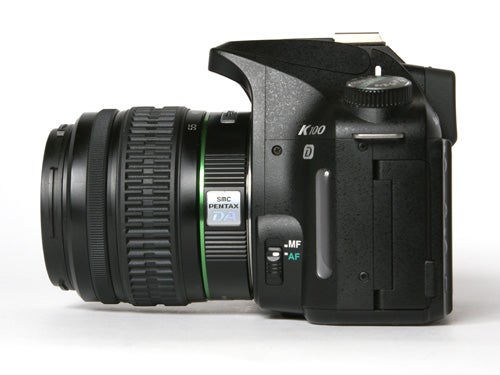
That bulk is reflected in the build quality. The K100D has a solidly made plastic body over a tough steel frame and feels extremely robust. The body shape and control layout is similar to the earlier models, but has also been revised. It has a large and extremely comfortable rubberised handgrip, a large LCD data panel on the top plate, and a big 2.5in 210,000 pixel LCD monitor screen on the back.
The controls are nice and simple, as befits its entry-level status. There’s a large rotating dial on the top left which selects the main shooting modes, which include the usual DSLR staples of program, aperture and shutter priority and full manual exposure (plus B mode), along with a scene mode with eight options, five special program modes and Pentax’s unique Auto Pict mode. This is a bit more sophisticated than most auto modes, because it tries to analyse the scene being shot and then automatically select the best special program mode for the circumstances. I found that it would normally default to program mode, but several times I noticed it setting sports or landscape mode at the appropriate times, so it does work.
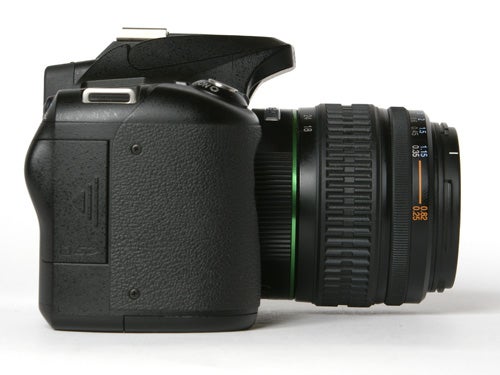
There is a function button on the back for quick access to white balance, ISO, drive/timer mode and flash mode, separate buttons for exposure compensation (handily located next to the shutter button) and AE lock and the usual playback, file info, delete and menu buttons down the left of the monitor, just as they have been on all previous Pentax DSLRs. The shooting menu itself is only two pages, but it has options to alter the saturation, contrast and sharpness, metering and AF modes and flash compensation. In other words it covers all the essentials without being over-complicated.
It has to be said that some of the menu items are downright bizarre. What exactly is “Swtch dst msr pt” supposed to mean? It’s an option to change between auto AF area, manual AF area and centre spot AF, so why not just label it “AF area”? Even the manual didn’t explain the abbreviation.
I really must mention that manual. I’ve often criticised certain manufacturers for putting the manual for their complex DSLRs on a CD in PDF format to save money, but despite the K100D’s budget price it comes with a large well-written fully-bound 216-page manual, all in English, with a colour cover and a full index, exactly what you need if you’re a beginner with a new camera, so major Kudos to Pentax. I hope you’re paying attention, Canon…
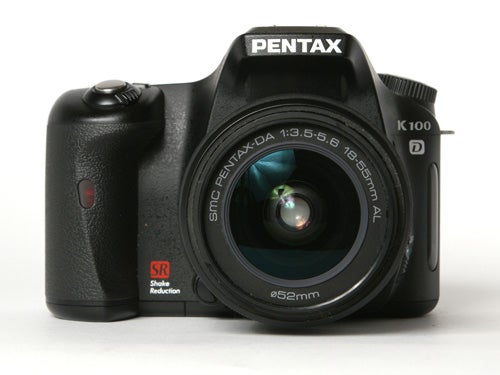
While the K110D is definitely aimed at the consumer end of the market, it’s not short on advanced features. At no time did it feel like it had been built down to a price. It has the same fast, accurate 11-point SAFOX VIII AF system and 16-point multi-pattern exposure metering as the *ist DL2, but these are now coupled with an all-new image processing engine which certainly seems to be a massive improvement. The DL2 was by no means bad, but its images always looked a little soft and its high-ISO noise reduction was never brilliant. Both image quality and noise reduction are much improved by the new system, and by all accounts the quality is as good as, if not better than the Nikon D40. Pentax lenses have always had an excellent reputation, and the SMC Pentax DA 18-55mm F3.5-5.6 kit lens has optical quality at least as good as anything you’ll find on the front of a Nikon D40.
There are several other nice little features that don’t get headline billing but are worth a mention. For instance when using the 2-second delay timer, usually needed to avoid camera shake on tripod shots, the mirror flips up as soon as the shutter is pressed, thus avoiding any mirror vibration when the shutter fires, ensuring a completely blur-free shot. Also worthy of mention is the live aperture preview. Instead of a dim, stopped down preview in the viewfinder, the camera takes a picture and displays it on the monitor without writing it to the memory card.
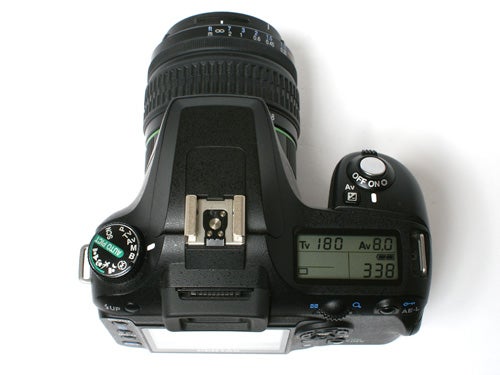
On the subject of memory cards, like the *ist DL and DS, the K100D uses SD cards for storage, and in highest quality JPEG mode a 1GB card is enough space for approximately 340 shots, while in RAW mode it’s 93. Like most DSLRs the K100D can shoot in RAW mode, as well as the usual JPEG, but unlike some models it can’t shoot RAW + JPEG, which will put some enthusiast users off.
Also like previous Pentax DSLRs, the K100D uses 4x AA or 2x CRV3 batteries for main power. This has the advantage that these batteries are readily available all over the world, but it does add to the weight of the camera. The number of shots per charge will obviously depend on the type of battery used, but I took several hundred shots with a set of Duracell M3 Ultra batteries and the charge level was still reading half full.
The camera’s overall performance is good, but it’s not going to win any races. The AF system and metering are nice and quick, certainly on a par with any recent competitor. In continuous shooting in JPEG mode it can fire off five frames at 2.5fps, but then slows to about 1.3fps, although it can keep this up until the card is full. In RAW mode it can fire a quick three-shot burst, but then has to pause for about four seconds to empty the memory buffer before the next shot. This is a lot quicker than previous Pentax SLRs could manage, undoubtedly another benefit of the new image processing engine. In low light, popping up the flash enables it to operate as a powerful AF assist lamp with a range of at least 4m.
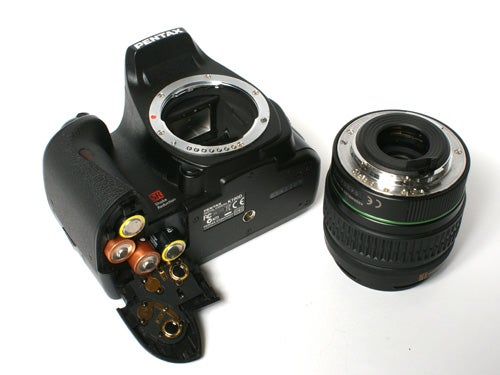
Of course the big selling point for the K100D is the shake reduction system. It is a new Pentax-developed moving-sensor system of the type pioneered by Konica Minolta and now used in the Sony A100, as well as some new models from Ricoh. Sensitive motion detectors react to any camera shake at low shutter speeds, and tiny high-speed actuators move the CCD automatically to compensate. This makes it possible to take hand-held shots at lower shutter speeds, or using longer lenses, with less chance of blurring due to camera shake.
Sony claims approximately 3.5 stops of extra shooting speed for its system, although most reviewers agree that about 2.5-3 stops is probably more realistic. I’ve tested the Pentax system extensively, and I found its performance was generally about the same as the Sony. It usually allowed shake-free shooting at least two stops below the safe speed, but would sometimes allow a shake-free shot as much as four stops slower, while occasionally shots just one stop slower would show slight motion blurring. The trick is, I think, to take several shots if you’re not sure. The chances are that at least one will be shake free.
”’Verdict”’
It may be the cheapest DSLR on the market, but the Pentax K100D isn’t short of advanced features, performance or image quality, and can comfortably hold its own against the Nikon D40. Build quality, design and handling are all superb, and the Shake Reduction system is as good as any on the market. If you’re looking for a good entry-level DSLR with the option to build up a kit, then look no further.
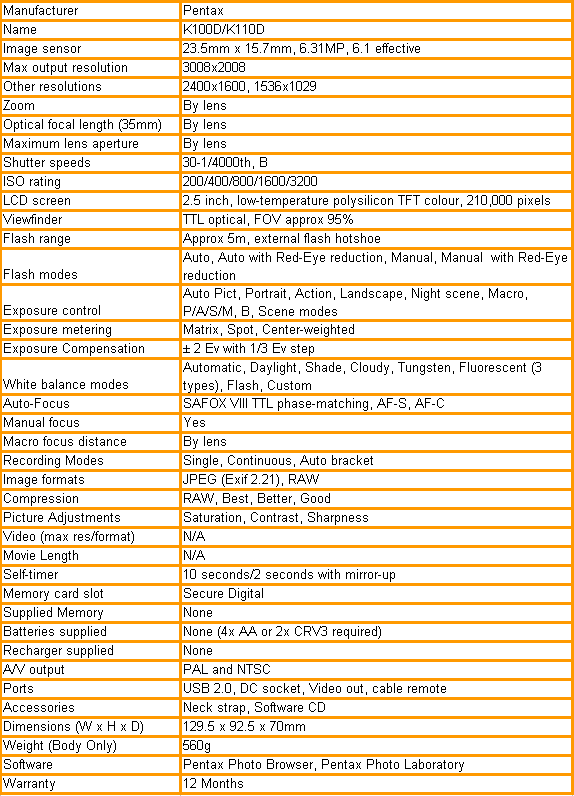
A range of test shots are shown over the next few pages. Here, the full size image has been reduced for bandwidth purposes, and a crop taken from the original full resolution image has been placed below it in order for you to gain an appreciation of the overall quality.
—-
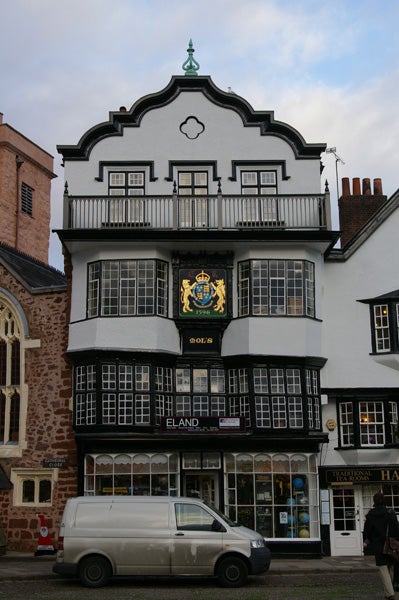
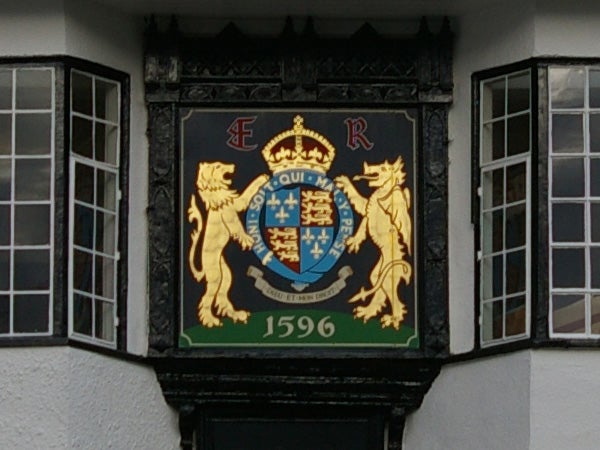
1/125th, f/6.7, ISO 200
The K100D’s minimum ISO setting of 200 produces a nice noise-free shot at a reasonable shutter speed.
—-
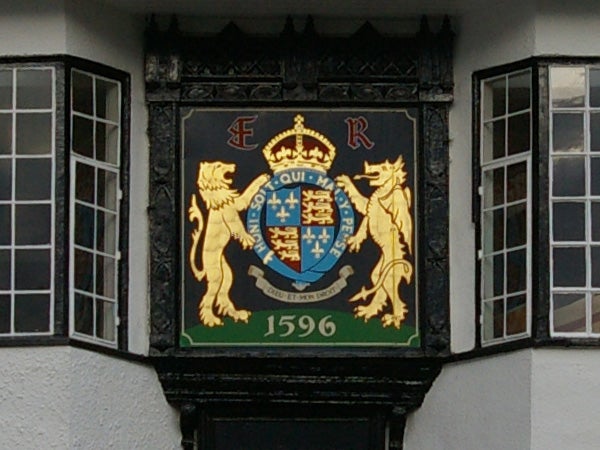
1/80th, f/8, ISO 400
At 400 ISO the image is still perfectly noise free, with good colour and contrast.
—-
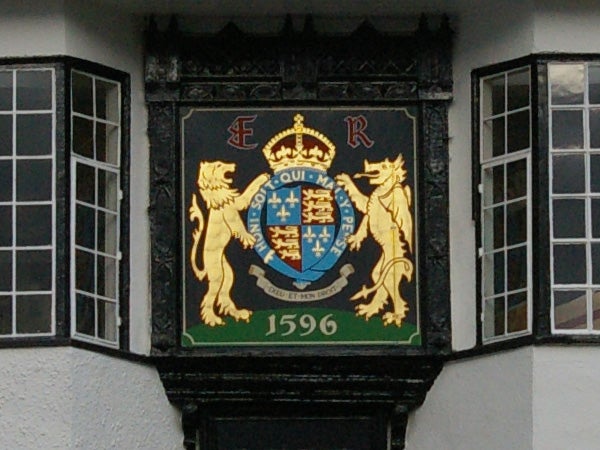
1/350th, f/9.5, ISO 800
At 800 ISO there is a slight hint of colour speckling in the dark and mid-tone areas, but the image is still quite usable.
—-
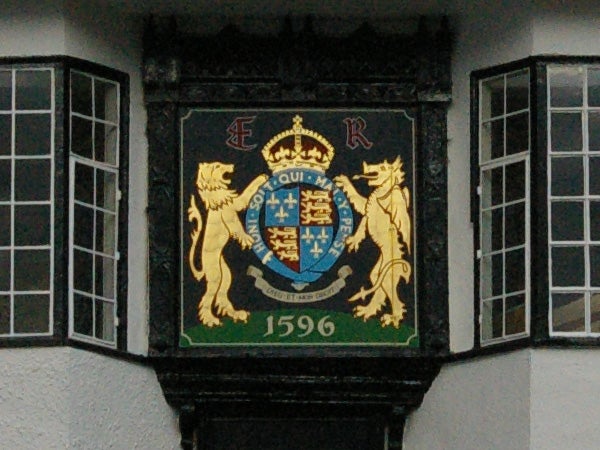
1/500th, f/9.5, ISO 1600
At 1600 ISO there is slightly more visible noise than at 800, but still surprisingly little. Again the image is printable.
—-
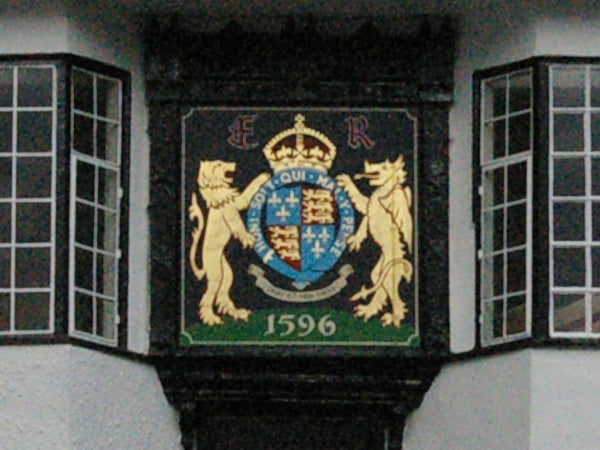
1/1000th, f/11, ISO 3200
At 3200 ISO the image is showing a lot of noise and colour distortion, although overall detail is still good. Could be used in emergencies, but best avoided.
—-
A range of test shots are shown over the next few pages. Here, the full size image has been reduced for bandwidth purposes, and a crop taken from the original full resolution image has been placed below it in order for you to gain an appreciation of the overall quality. The following pages consist of resized images so that you can evaluate the overall exposure. For those with a dial-up connection, please be patient while the pages download.
—-
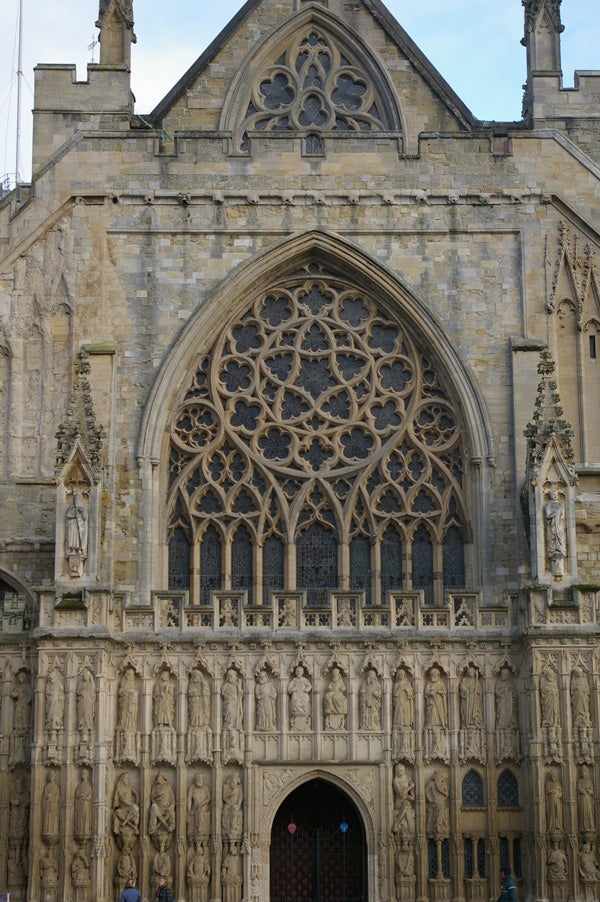
No Sidmouth shots this time, so back to my old favourite the Cathedral windows. See below for a 100 percent crop of this image.
—-
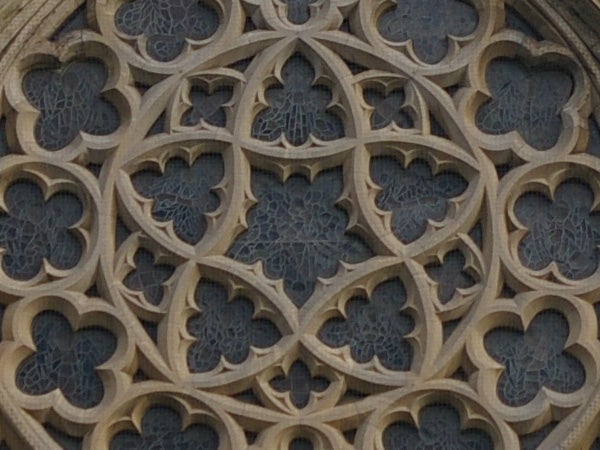
In this full-resolution crop of the above image, you can see the level of detail that the K100D produces. Very good for a 6MP camera.
—-
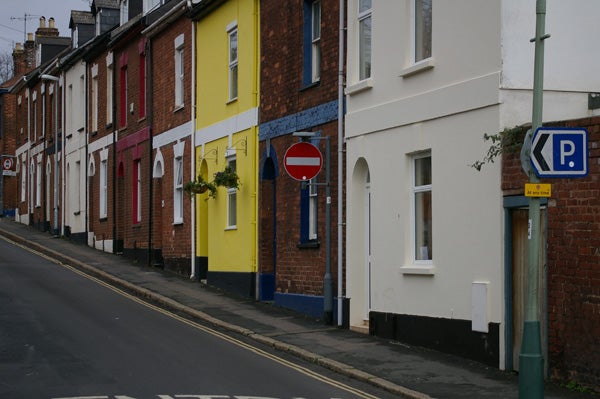
Since the Pentax Shake Reduction system is new and untried, I took a series of hand-held test shots at a range of low shutter speeds to see how it coped. These shots were all taken at a focal length of 55mm, so the recommended safe shooting speed would be at least 1/60th of a second.
—-
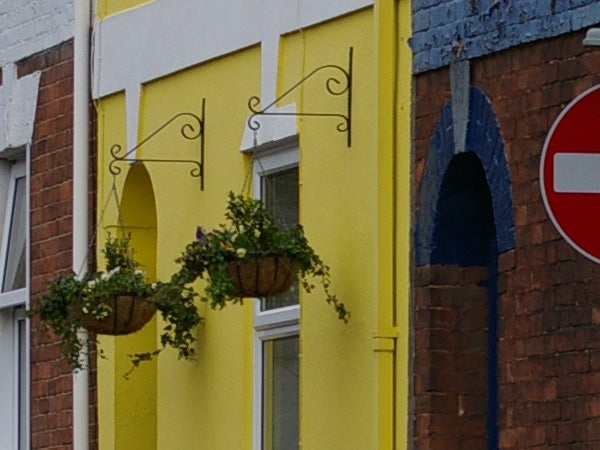
One stop below the recommended speed at 1/30th, and there is a tiny hint of movement blur. Nothing to worry about really.
—-
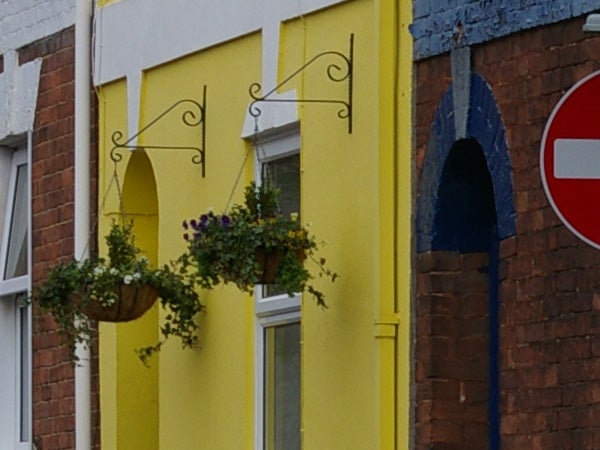
More than 2 stops below the recommended speed at 1/10th, and if anything this shot is sharper than the last one.
—-
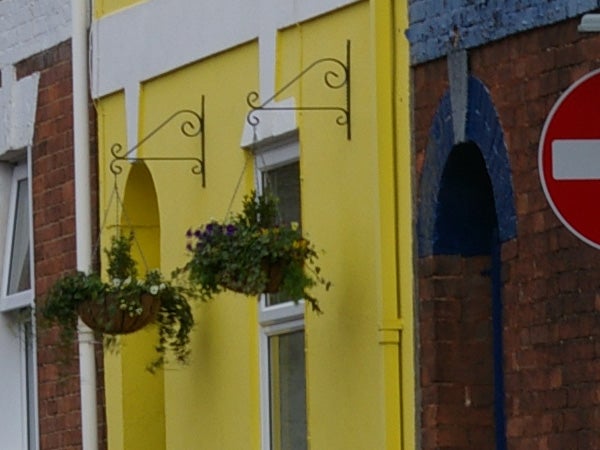
More than 3 stops below the recommended speed at 1/6th, and this shot is nice and sharp. Two others at this speed were shake-blurred though.
—-
This page consists of resized images so that you can evaluate the overall exposure.
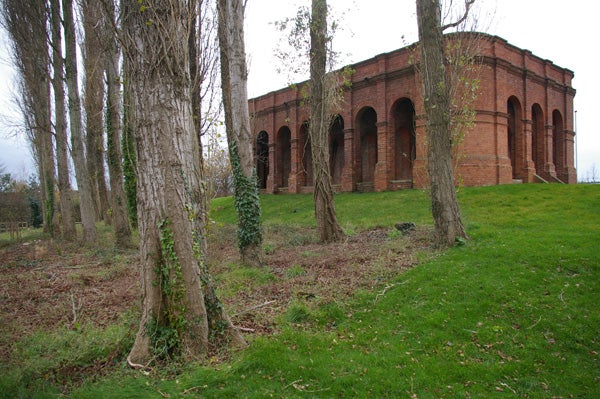
Despite the overcast conditions, the K100D has produced a nicely balanced shot with good contrast and very natural colour balance.
—-

Shooting into the sun can be a problem, but the K100D’s 16-point metering system has coped perfectly. The 2:3 aspect ratio is the same as a 35mm film SLR.
—-
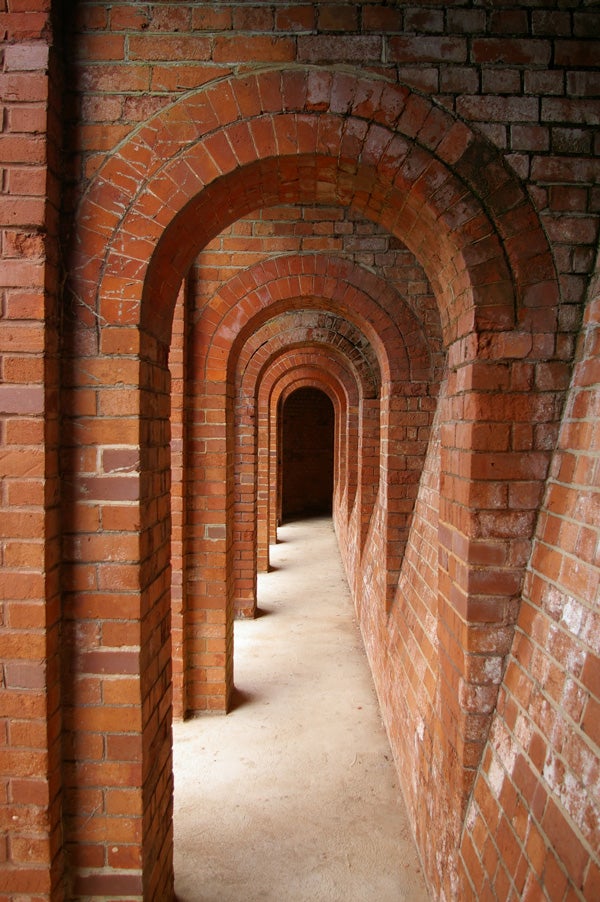
The SMC Pentax DA 18-55mm F3.5-5.6 kit lens is very good, producing excellent edge-to-edge sharpness and minimal distortion even at the widest end.
—-
Trusted Score
Score in detail
-
Value 10
-
Image Quality 9
Features
| Camera type | Digital SLR |
| Megapixels (Megapixel) | 6 Megapixel |
| Optical Zoom (Times) | By lensx |

